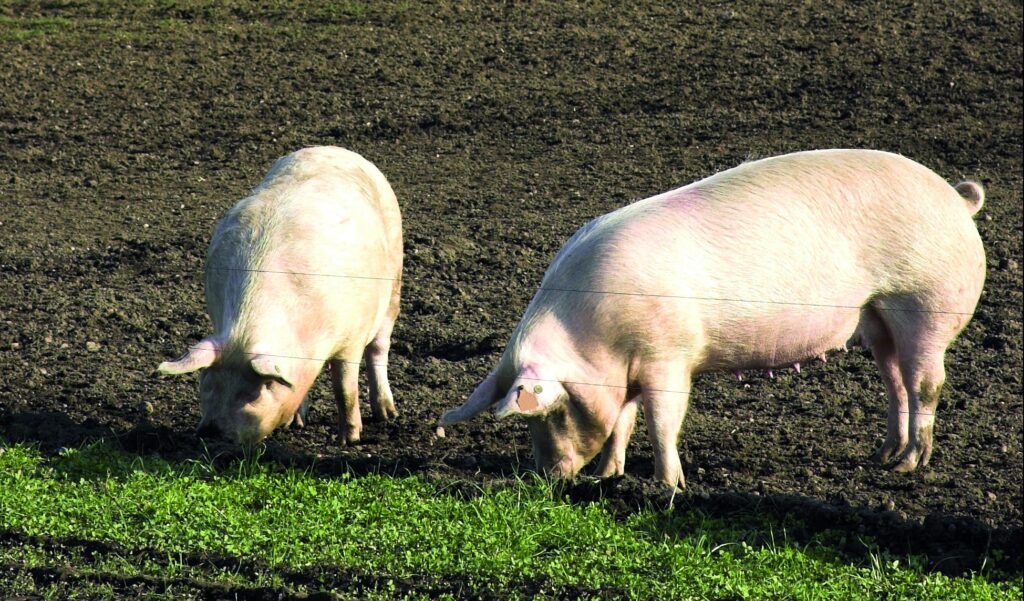Many outdoor pig units are on land rented from a large-scale arable farm or estate.
Based purely on observation, here’s my guide on how to avoid fallouts with all of the other departments.
You have to accept that the outdoor pigs are probably seen as one of the least important things on the place and are only thought of when there is a problem that can be blamed on you.
At the top of the tree would undoubtedly be the shoot. This is because the owner spends a huge amount of his winter shooting, both at home and as a guest at other places. Spending so much time in the company of his gamekeepers means that they have his ear. If you upset the keepers, you, by default, quickly upset the owner. Don’t do as one, now ex-producer, did on a shoot day when they walked down the line of pegs where the guns stood, pulling the pegs up and not-so-politely telling the guns where to go before getting into a physical altercation with the keepers. That was not a good idea.
You must also accept that a shoot doesn’t follow normal biosecurity rules. You have to just hope that any participating pig farmers don’t wear their pristine French Wellington boots on their pig units, at least until they are too old and scruffy to be seen on a shoot.
Next down the pecking order would be the home farms, which have not been seriously profitable since the heyday of the 1980s, but still bask in that former glory.
Sometimes internal politics can get in the way here. On many places, the farm manager and the head keeper don’t see eye-to-eye, as the farming activities are seen to get in the way of shooting, while the shoot gets in the way of farming and is also bankrolled by the farm. If you get on too well with the farm manager, the ’keeper won’t think much of you and vice versa, so you have to be careful in choosing your close ally.
Usually it would be the farm manager, as you need him for straw, borrowing bits and pieces and, most importantly, giving you the decent, free draining fields.
Next on the list might be the other people that rent ground for vegetables, maize, etc. The rent that these people pay for quite a few acres can make them the most profitable part of the enterprise, even rivalling EU grants. They don’t create strange smells, either.
The trendsetters in agriculture, however, have now started to remember soil biology. Outdoor pigs on light enough land can only be good, with all of that lovely muck put back on it, and almost zero agrochemical applications during the occupancy. Little will rival outdoor pigs in terms of what is put back into the local economy through employed staff and turnover per hectare.
So keep it quiet, but we all know that outdoor pigs really rule the roost.

farmer and Nuffield Scholar Chris Fogden owns and manages 950 outdoor sows on 40ha of rented land within the rotation of a large Norfolk arable estate




